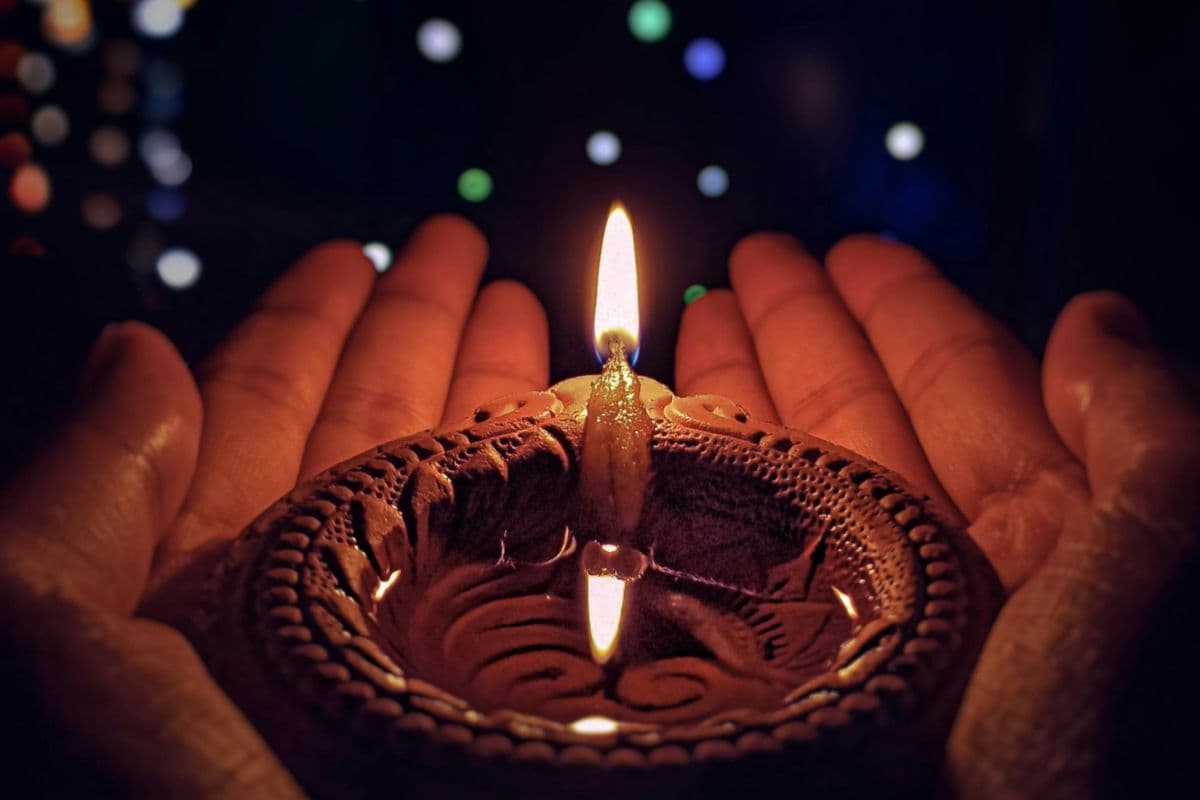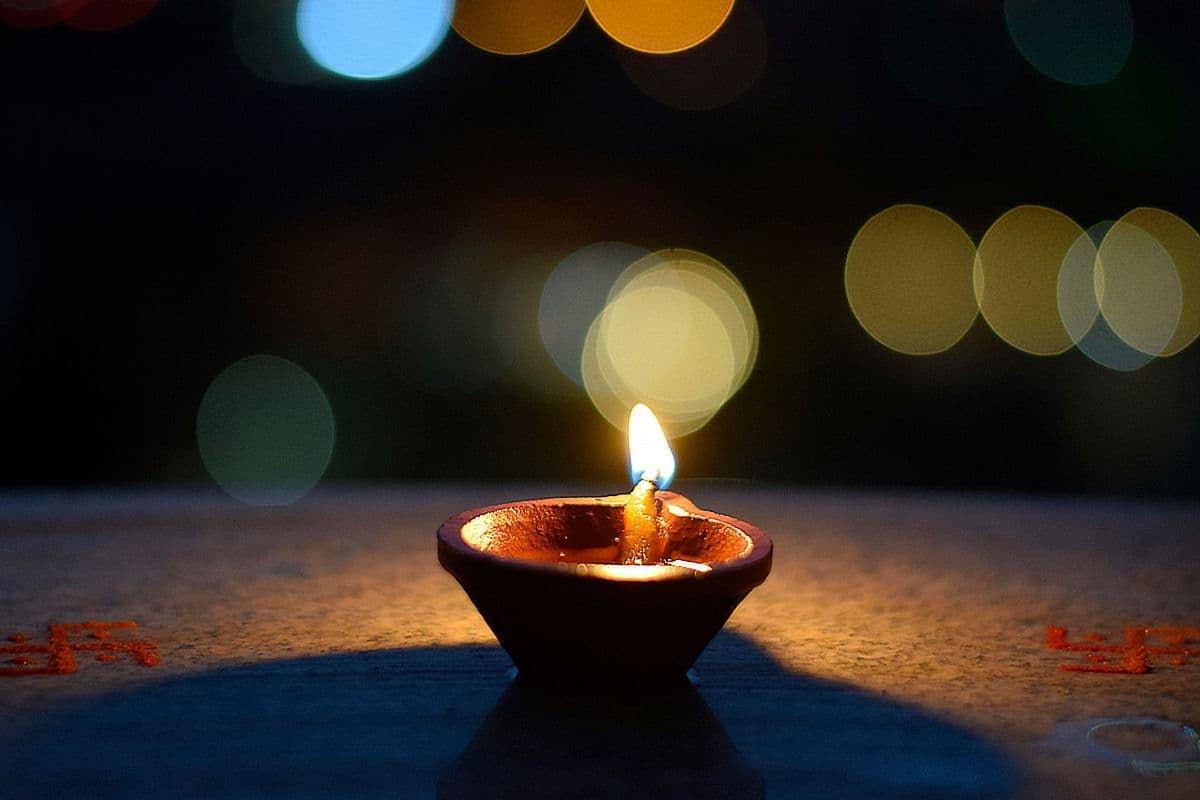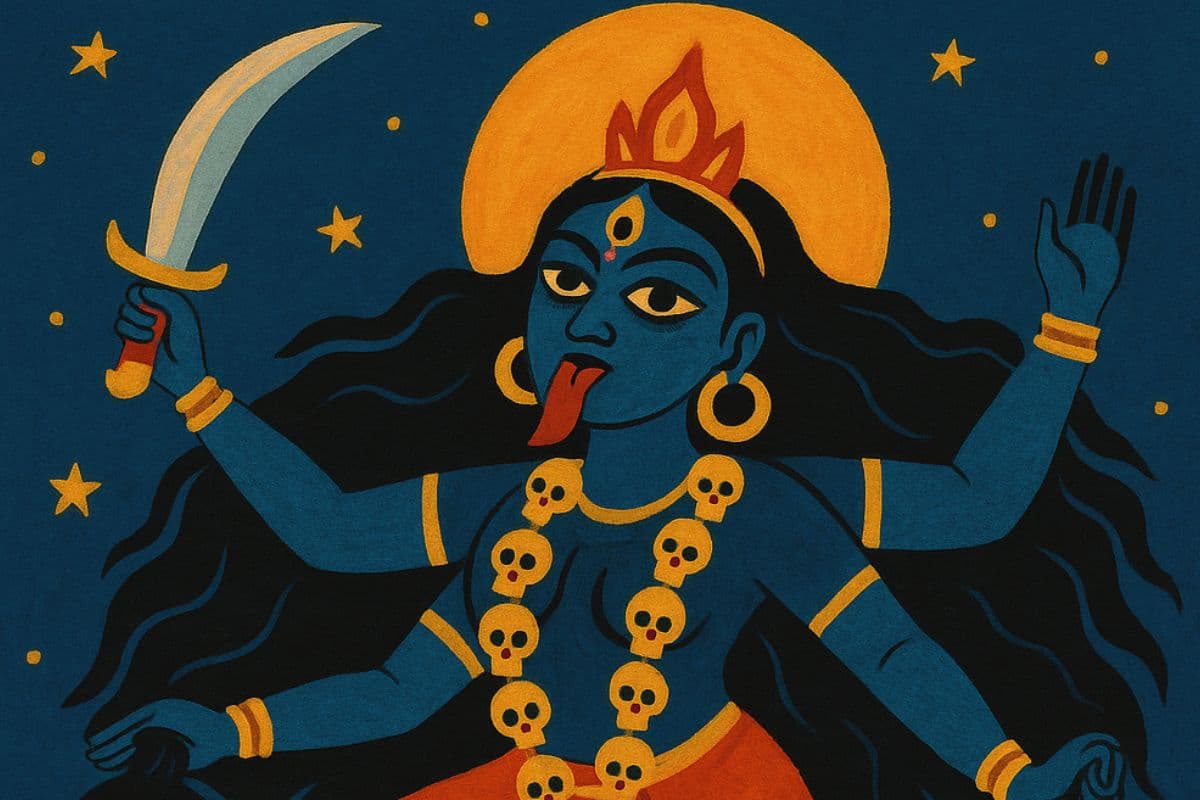Ganesh Chaturthi 2025: Date, rituals & spiritual significance explained
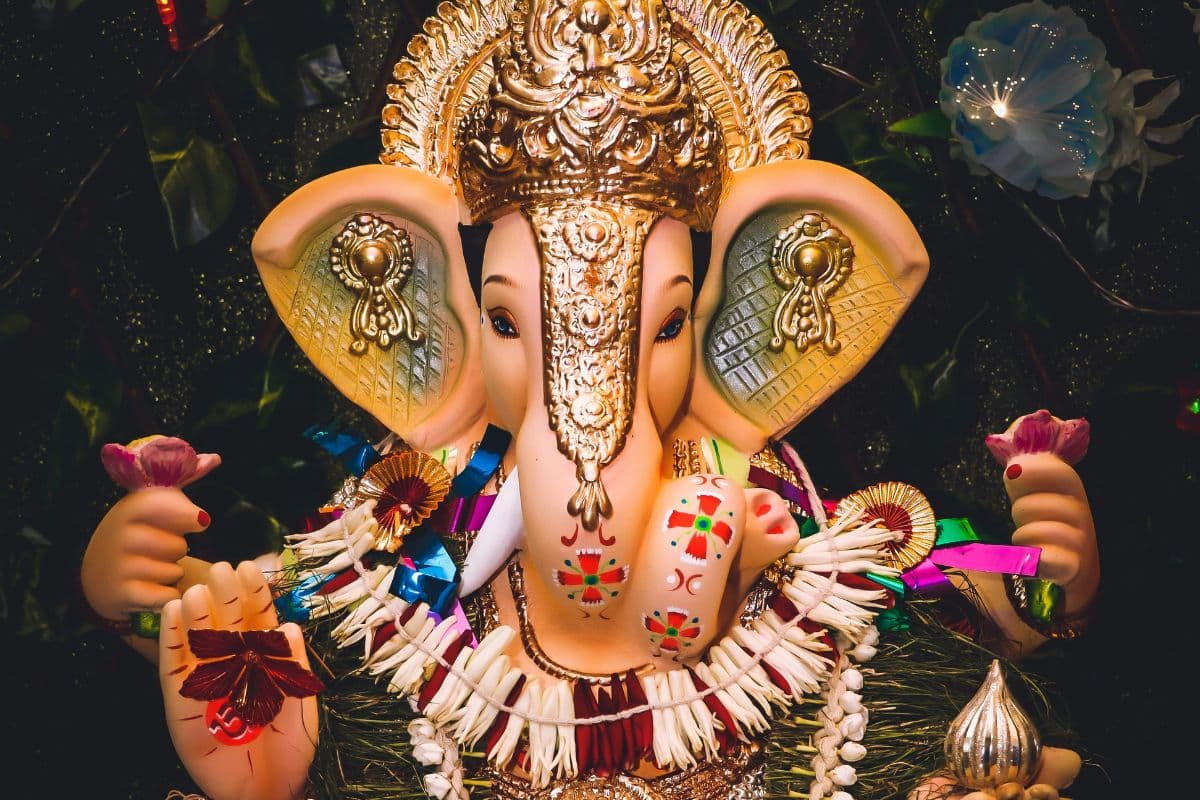
Celebrate Ganesh Chaturthi 2025 with rituals, puja timings, and significance
When you hear the words Ganpati Bappa Morya!, you can almost see it: music, laughter, modaks, and the crowd on the streets. Ganesh Chaturthi is not just a festival; it’s more of a feeling. Families come together, homes light up, and there is devotion in the air. But what makes this day so special? And what’s in store for Ganesh Chaturthi 2025? Let’s walk through it.
Why do we celebrate Ganesh Chaturthi?
Ganesh Chaturthi marks the birth of Lord Ganesha, also known among devotees as the remover of obstacles, the giver of wisdom and good fortune. Every year, families welcome Ganesha’s idol with aarti, flowers, and lights. Homes are filled with colour and fragrance, modaks are offered, and prayers are chanted. It is a heartfelt invitation, saying, ‘Ganpati, come bless us.’ Every lamp lit, every chant, every folded hand becomes a bridge connecting hearts to Ganesha, filling the home with joy, devotion, and love.
The story goes that Ganesha was born on the fourth day (Chaturthi) of the bright fortnight in the Bhadrapada month. That is why the festival is usually celebrated in August or September. In Maharashtra, the celebrations are huge, but Ganeshotsav belongs to everyone. You will find it in homes and communities across India, and even abroad.
Ganesh Chaturthi 2025 date and puja timings
In 2025, Ganesh Chaturthi will be celebrated on Wednesday, August 27, since the Chaturthi Tithi is active at sunrise, as per Udaya Tithi.
Chaturthi Tithi Begins: 1:54 pm, August 26
Chaturthi Tithi Ends: 3:44 pm, August 27
Ganesh Puja Muhurat (Madhyahna): 11:00 am – 1:28 pm (2 hours 28 minutes)
Ganesh Visarjan (Anant Chaturdashi): Saturday, September 6
Tradition warns against seeing the Moon (full night) on Ganesh Chaturthi because it is believed to bring Mithya Dosha (false accusations or blame).
Rituals and traditions for Ganesh Chaturthi
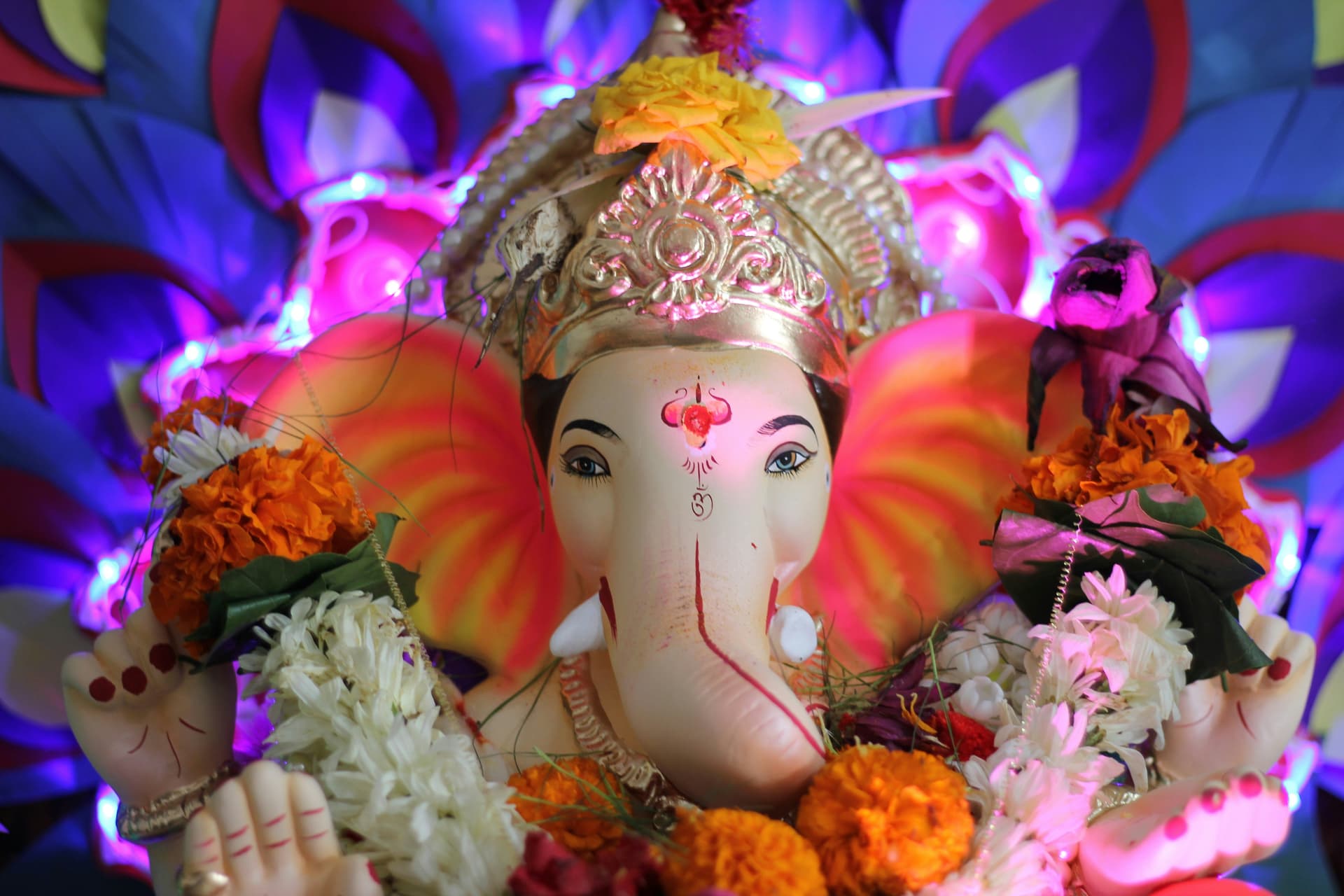
Ganpati sthapana (Idol Installation): The idol is placed on the pre-decorated altar during midday (Madhyahna Kala). Families set it at their homes or in pandals, light lamps, chant mantras, and welcome him with prayers and devotion.
Posture of Ganesha idol: The posture of Ganesha also matters. A sitting Ganesha represents calmness and peace, bringing stability to the home. A standing Ganesha is seen as active and powerful, symbolising progress and energy. Lying-down idols are rare but signify comfort, rest, and contentment. People choose the posture based on what they wish to invite into their lives: peace, strength, or fulfilment.
Trunk Direction of Ganesha: People notice Ganesha’s trunk because it changes the energy of the idol. A trunk bent to the left is linked with the calm energy of the Moon. It is easier to worship and brings peace, prosperity, and happiness, which is why it is common in homes. A trunk bent to the right is connected with the fiery energy of the Sun. It is very powerful but strict, needing disciplined worship. That’s why such idols are mostly seen in temples.
Shodashopachara puja: This is a 16-step ritual with flowers, incense, sweets, and, of course, modaks, Ganesha’s favourite.
Daily prayers and aarti: Each day, families gather for bhajans, aarti, and kirtans. There’s music, devotion, and a calm joy that spreads everywhere.
The story behind avoiding the moon (Mithya Dosha)
This custom has an old story. Lord Krishna was once accused of stealing a precious jewel. Later, Sage Narada said Krishna had looked at the Moon on Ganesh Chaturthi. That brought Mithya Dosha, the curse of false blame. That is why people avoid looking at the Moon on this day. If someone sees it by mistake, it is believed they may face false accusations or unnecessary problems in life. But the effect is temporary and can be cleared with remedies.
What if you see the Moon by mistake? Don’t panic. Scriptures say remedies can cancel the dosha. The traditional practice is to recite the story of Krishna and the Syamantaka jewel or chant Om Gan Ganapataye Namah with devotion. Offering durva grass or sweets (like modaks) to Lord Ganesha also helps. Still unsure what’s best for you? You can always ask Agastyaa on AstroSure.ai for personalised remedies and guidance.
How long should you keep Ganpati at home?
Families choose how many days they want to keep Ganesha. It depends on their tradition and time.
1.5 Days Ganpati: Simple and heartfelt
3 Days Ganpati: Short but complete
7 Days Ganpati: A full week of devotion
11 Days Ganpati: The most traditional, ending on Anant Chaturdashi
The number of days doesn’t matter as much as the love you put in.
The spiritual significance of Ganesh Chaturthi
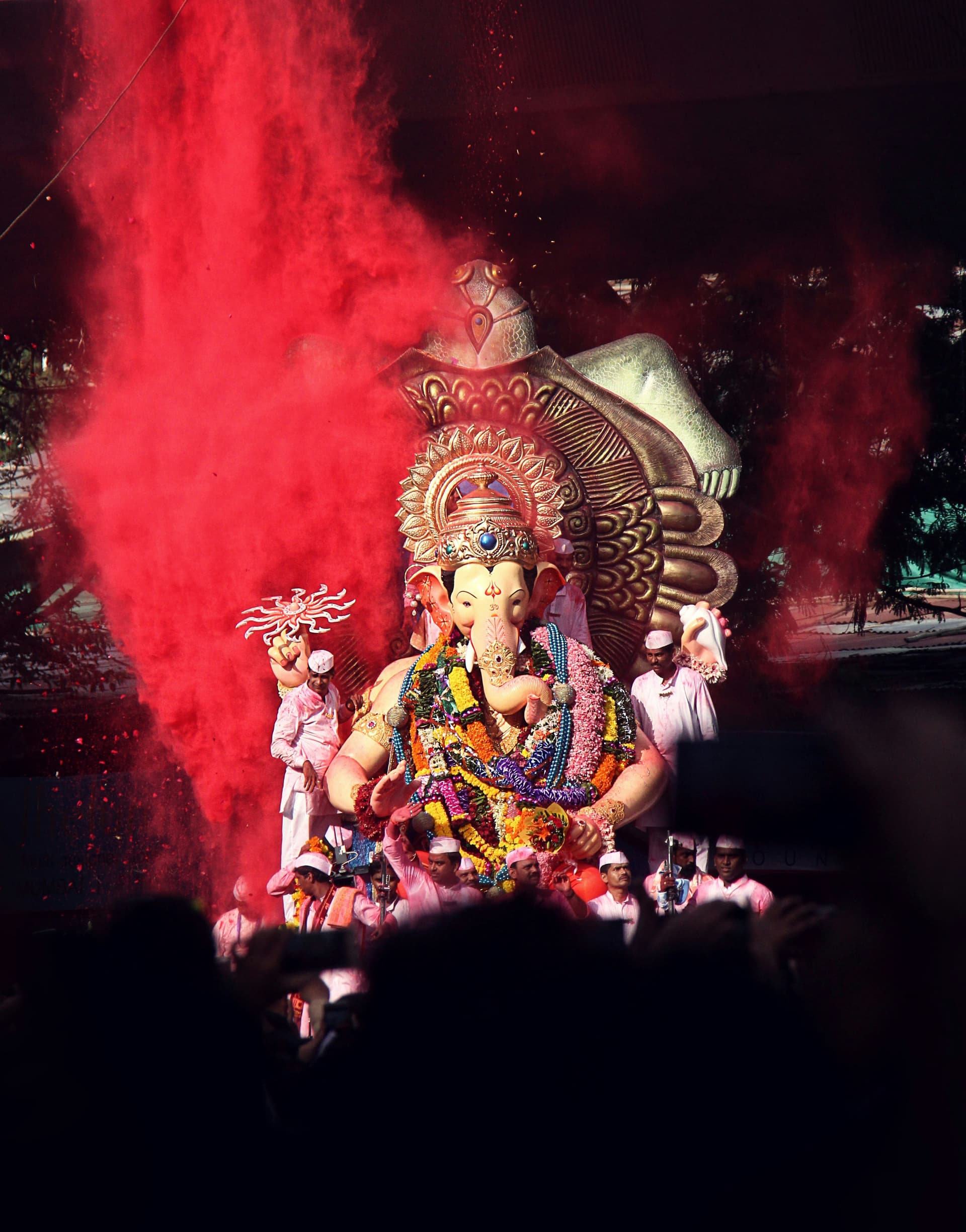
Ganesh Chaturthi is more than music and sweets. It is about what Ganesha teaches us. His elephant head reminds us to think big. His ears show us to listen more. His small eyes teach focus, and his belly represents balance, holding joy and sorrow together. Even the tiny mouse at his feet tells us to keep our desires under control. Spiritually, the festival marks fresh starts. People believe that worshipping Ganesha with devotion clears the path for new ventures and guides us toward wisdom. Bringing Ganpati home is like inviting discipline and kindness into your life.
The significance of Ganesh Visarjan
Ganesha idols can be kept for different days (depends on what works for you), but the grandest farewell happens on the 10th day, called Anant Chaturdashi. The word Anant means endless, infinite, just like Lord Ganesha’s blessings, which are believed to stay with devotees even after the idol is immersed.
On this day, the whole atmosphere turns into a festival of love and farewell. Streets overflow with people, drums echo loudly, conch shells blow, and chants of “Ganpati Bappa Morya, Pudhchya Varshi Lavkar Ya! (Come soon next year, O Lord!)’ fill the air. Families who welcomed Ganesha as a guest now bid him goodbye with tears in their eyes, but also with hope in their hearts.
When the idol is taken for immersion, it is a reminder of the cycle of life: everything that comes must one day return. Yet, devotees believe Ganesha never truly leaves. He dissolves into the water, only to return in spirit, blessing every home until he comes again next year.
Ganesh Chaturthi is more than a celebration. It is about what Ganesha stands for: fresh starts, wisdom, and humility. When Ganesha comes to your home, he reminds us to drop our pride, face challenges with courage, and walk ahead with a clear mind.
This Ganesh Chaturthi, seek wisdom and clarity with AstroSure.ai

